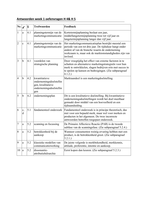Samenvatting
Investeren&Beleggen Samenvatting Hoofdstuk 1-8 (English)
- Instelling
- Tilburg University (UVT)
Een samenvatting voor de midterm van Investeren&Beleggen. De samenvatting is gebaseerd op het boek (global edition) en de hoorcolleges. In het Engels geschreven omdat het in het boek ook zo geschreven staat.
[Meer zien]








